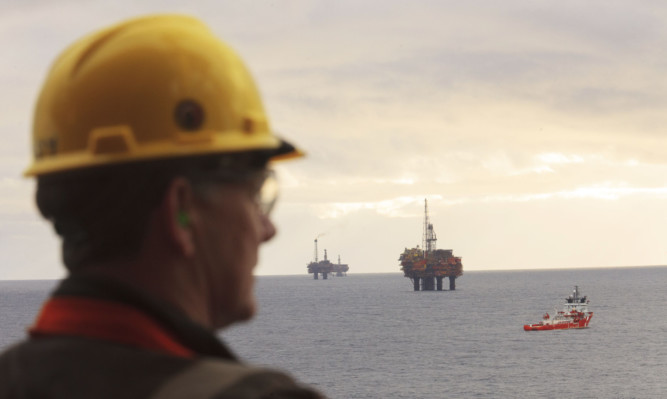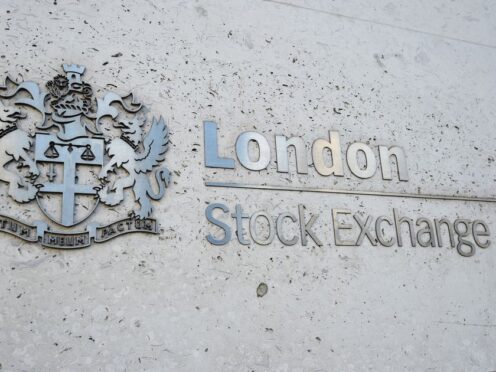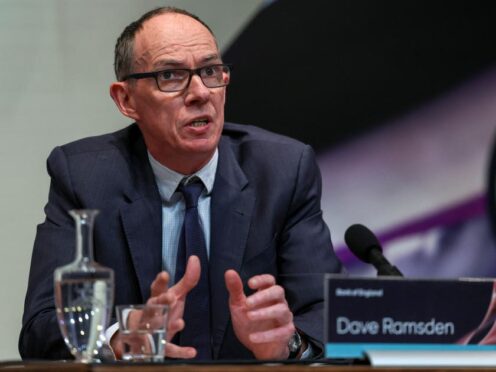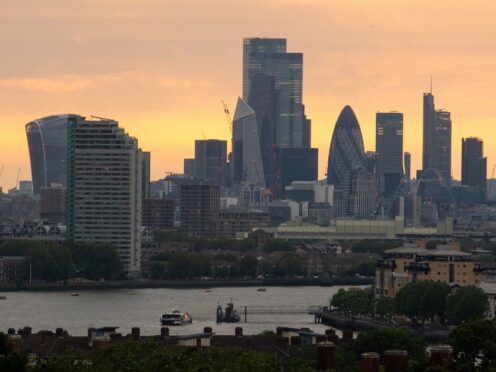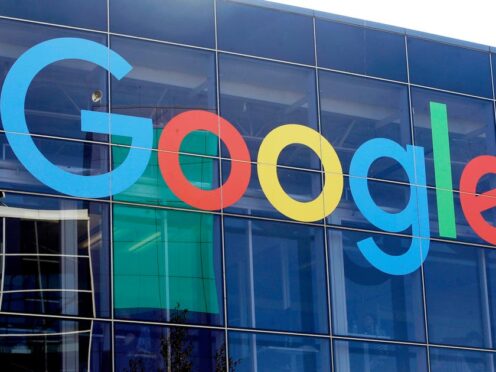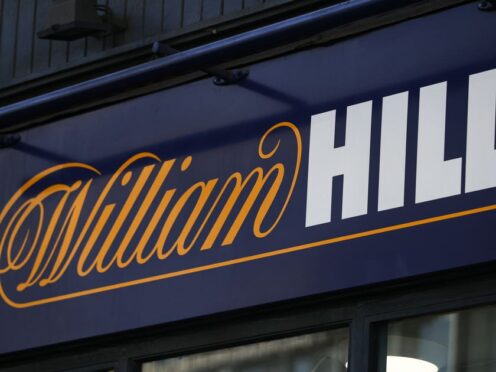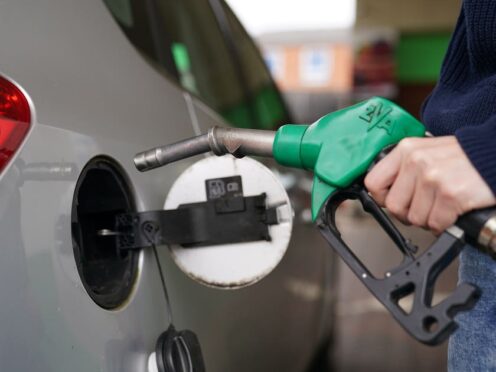Scottish economist Tony Mackay has predicted there will be little or no tax revenues from North Sea oil and gas fields over the next few years.
As a consequence, the north east of Scotland is set to suffer more economic pain with more company closures and more people losing their jobs.
The UK Government’s net revenues from the oil and gas industry totalled just £35 million in 2015-16 – the lowest level in 40 years.
The Treasury received £538m in offshore corporation tax but paid out rebates of £503m in petroleum revenue tax to loss-making oil and gas producers.
In 2014-15 the net oil and gas revenues were £2.1bn and in 2011-12 nearly
£11bn.
Professor Mackay noted the SNP Government’s “widely ridiculed” prediction of £7 billion UK Government revenues from the industry in 2015-16 in their White Paper before the 2014 independence referendum. The actual figure was just 0.5% of that forecast.
He had warned Ministers that the oil price assumptions were unrealistic but economists in OCEA (Office of the Chief Economic Adviser) ignored his advice.
The massively lower actual oil revenues were related to the collapse in world oil prices, with Brent crude currently trading at about $45 a barrel, compared with a peak of $115 in 2014.
Other factors included the tax-deductible expenditure on decommissioning fields which have ceased production, but the Scottish Government report left that aspect out of its calculations.
The professor believed it unlikely that the situation will improve over the next few years, with the oil futures market expecting only a modest rise in prices to about $51 a barrel by 2020.
The UK Office for Budget Responsibility (OBR) concluded that oil and gas revenues would be negative up to 2020-21, and predicted that the Treasury would have to pay an average of about £800m a year, for tax rebates and decommissioning allowances.
Those forecasts may not be accurate, but he continued: “It seems very likely that there will be little or no tax revenues from the North Sea oil and gas fields over the next few years.
“That has serious implications for the UK Treasury. The implications for Scotland are more microeconomic, notably more job losses and more closures of oil-related businesses, particularly in the Aberdeen area.”
